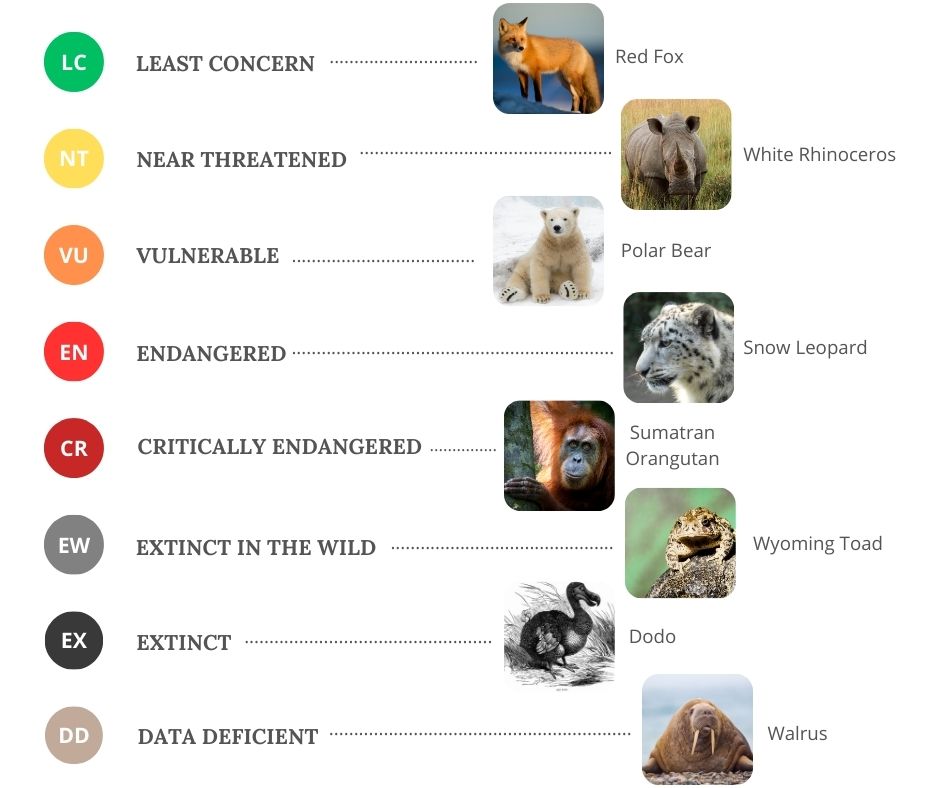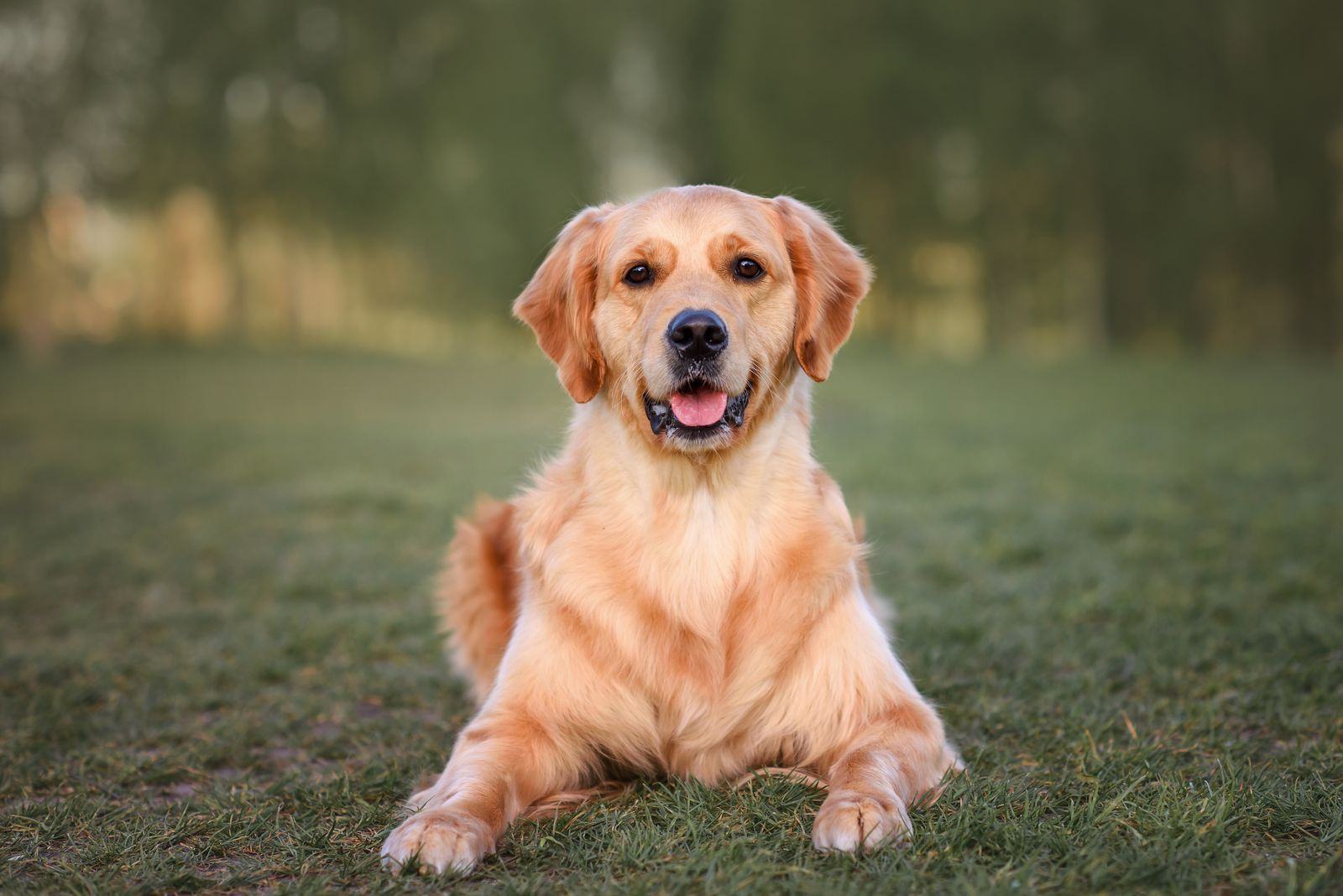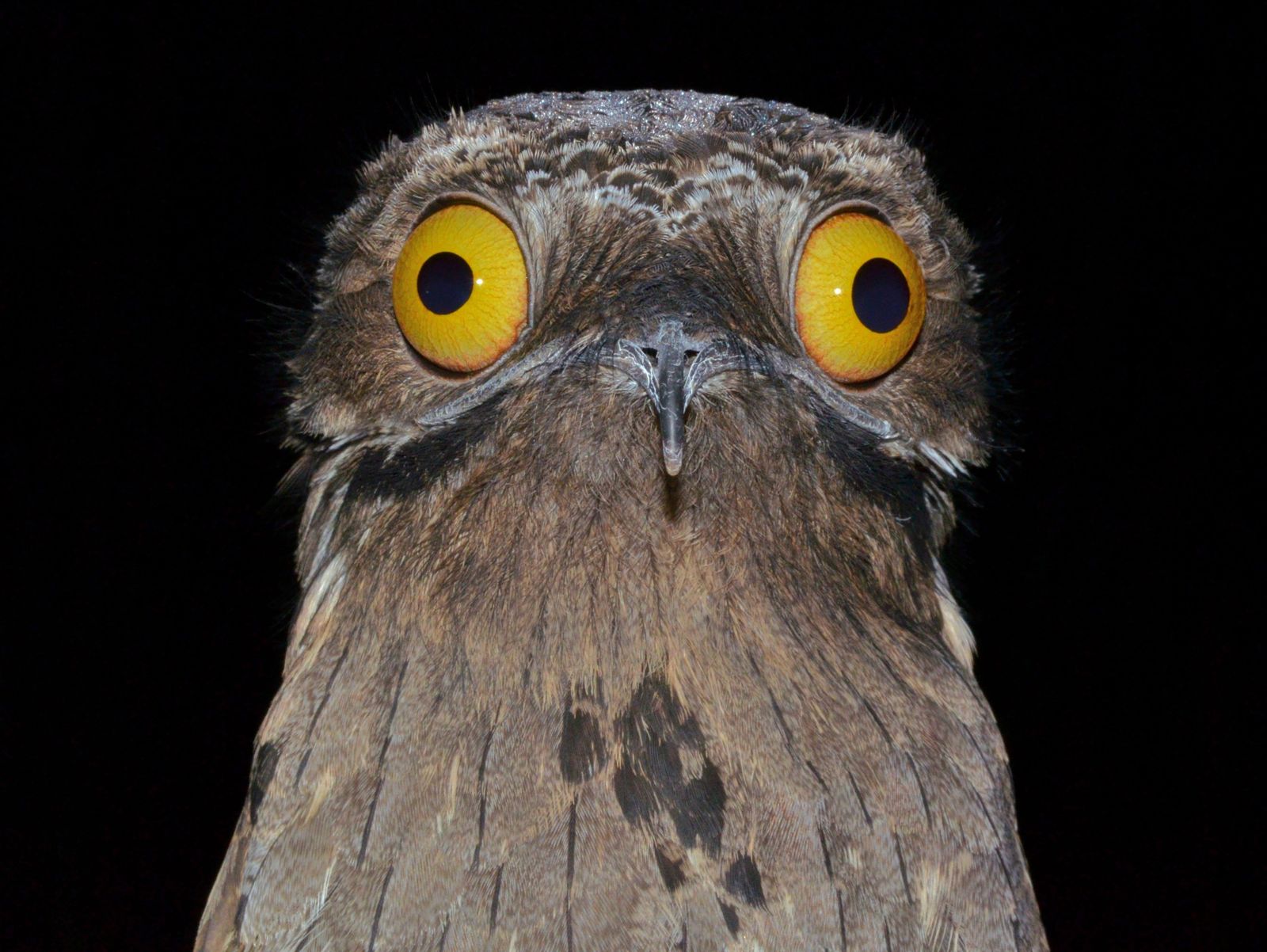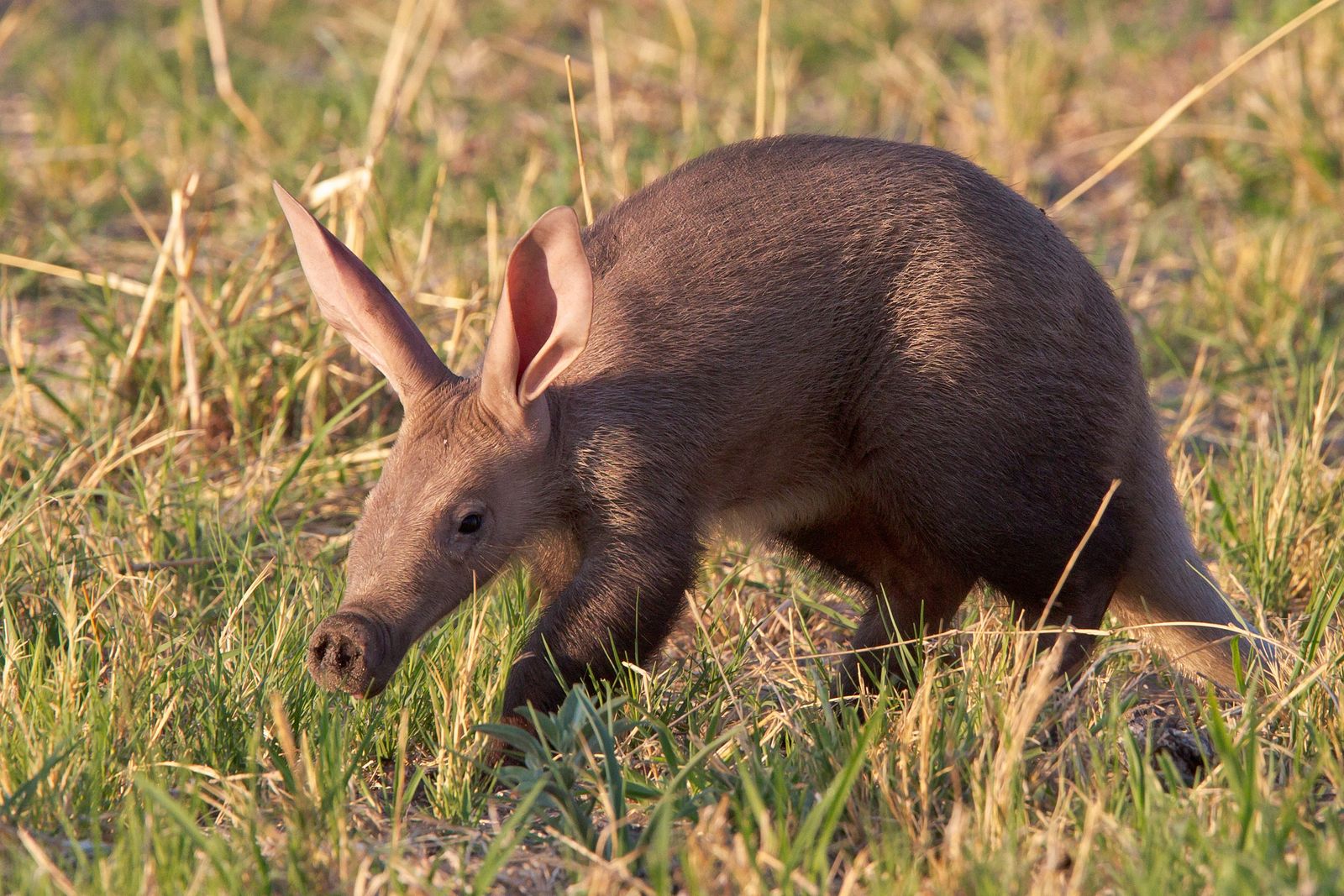Introduction
Have you ever wondered how we find out which animals are thriving and which ones need our help? This is where the International Union for Conservation of Nature, or IUCN, steps in. They are the champions of animal conservation, working around the world to protect our furry, feathered, and scaly friends.
Who is the IUCN?
The IUCN is like a global team of superheroes for nature. Made up of scientists, governments, and passionate animal lovers, they focus on one mission: keeping our planet's animals safe and thriving. They work together to learn about animals and their environments, helping to make smart decisions to protect them.
The IUCN Red List of Threatened Species
Ever heard of the Red List? It's like a big checklist that the IUCN uses to show how different animals are doing. This list helps everyone understand which animals need our attention and what we can do to help them. You can click on each status to learn more about the challenges the animals have faced (or are facing) that led them to be on the list. They tell you all about it themselves.
What Do the Statuses Mean?
- Extinct (EX): Sadly, these animals are no longer around.
- Extinct in the Wild (EW): These species only exist in places like zoos or special reserves.
- Critically Endangered (CR): These animals are in serious danger and need immediate help.
- Endangered (EN): These animals are close to being critically endangered if things don't improve.
- Vulnerable (VU): These creatures are at risk, but with support, they can bounce back.
- Near Threatened (NT): Not quite at risk yet, but they could be soon.
- Least Concern (LC): These animals are doing just fine—hooray!
- Data Deficient (DD): Scientists need more information to decide.
- Not Evaluated (NE): These animals haven’t been checked yet.
Why is the IUCN's Work Important?
Imagine if nobody kept track of which animals were in trouble. It would be hard to know where to help and what to do! The IUCN helps guide important actions to protect animals and their homes. When they tell us an animal is endangered, it helps us focus our efforts to save them.
How Can You Help?
By learning more about animals and their conservation statuses, you can be a part of the solution! Whether it's sharing what you learn, supporting wildlife organizations, or making small changes in your everyday life, every little action counts.
Conclusion
The IUCN helps us understand and protect our incredible animal kingdom. With their guidance, we can all work together to make sure our planet remains a safe and beautiful home for all creatures big and small.






